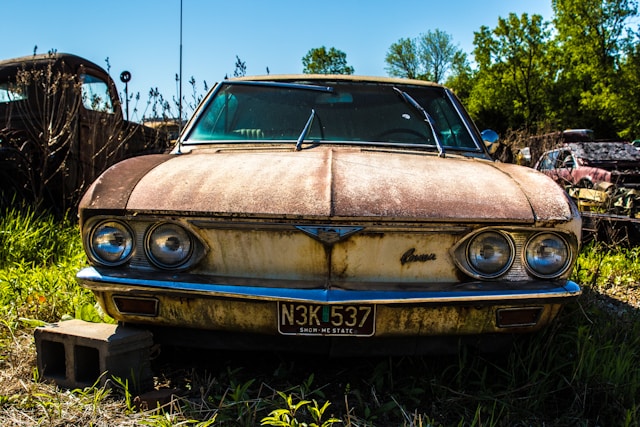If your car has reached the end of its life, it is time to get rid of it. But what exactly happens to your junk car after you turn it into a scrap yard?
At a salvage yard, professionals start by depolluting the vehicle. They also pull out all the valuable parts, which are then processed and recycled. This is how almost 25% of the steel on the planet is made today.
The Dismantling Process
Once you’ve gotten rid of your junk car, the next step is to inform the Department of Motor Vehicles that the vehicle no longer belongs to you. You may also want to contact your insurance provider and cancel the policy.
Dismantling carefully removes a vehicle to recover and reuse its components and materials. This helps reduce the need for new manufacturing, saves resources, and minimizes waste.
Before dismantling, employees will inspect the vehicle and drain all fluids, such as oil, coolant, and fuel. This ensures that no hazardous materials are left behind.
After all the fluids have been drained, the workers will remove the reusable parts from the junk car. These parts will then be cleaned and refurbished for resale. Some common reusable parts include engines, transmissions, radiators, and aluminum wheel parts. These parts are often sold to repair shops and car enthusiasts.
The Recycling Process
In the junk cars Sussex County NJ industry, junk cars are a valuable commodity. Once a vehicle is sold as scrap, it undergoes an extensive process to be rendered into recycled metals that can be used in multiple industries.
First, the car is inspected. This inspection ensures that the vehicle isn’t repaired instead of being dismantled and recycled. If the car can’t be repaired, it is drained of its fluids and then dismantled. All the usable parts that can be sold are then taken out. This includes the engine, transmission, radiator, and other metal parts.
The remaining parts that can’t be sold are sorted and shredded. The shredded scrap metal is then sent to a recycling plant, where it is melted and turned into new metal products. This greatly benefits the environment as producing metal from raw materials uses much energy. The reusable parts like glass and plastic are also recycled and put into new products.
The Salvage Process
Many cars get a salvage title because of severe damage. Tornadoes, floods, hail, hurricanes, and earthquakes are just a few natural disasters that can quickly turn an otherwise roadworthy vehicle into scrap.
A car can also be deemed junk if it’s too expensive to repair. In these cases, the insurance company will typically pay a claim and then brand the vehicle with a salvage title, which signifies a total loss.
The salvage process’s first step is removing all the reusable parts from the vehicle. These parts will then be sold to customers needing repairs or restorations. This is one of the ways that salvage yards make money. They can sell the parts for much less than buying them from a dealer or another new source. They also go through a de-pollution process, meaning that the metals and other materials are separated for different uses.
The Scrapping Process
Once junk cars reach the salvage yard, the real work begins. The vehicle is dismantled for parts and components that retain value as used automotive parts. Functional items like alternators, starter motors, and entertainment systems are often sold to auto mechanics or drivers needing replacement.
The remainder of the car, including a non-metal vehicle shell and valuable metals, are sorted out. The metal is melted and recycled into new products such as steel and aluminum. This keeps metal from entering landfills and polluting our environment.
As a result, recycling scrapped vehicles helps reduce the pressure on landfills already overflowing with cups, food containers, leftovers, and outdated equipment. So, the next time you see a junk car parked on the street, don’t think of it as trash; think of it as a way to help keep our environment clean and safe. And if you have an old clunker sitting in your driveway, consider bringing it to a local junkyard to dispose of properly.

